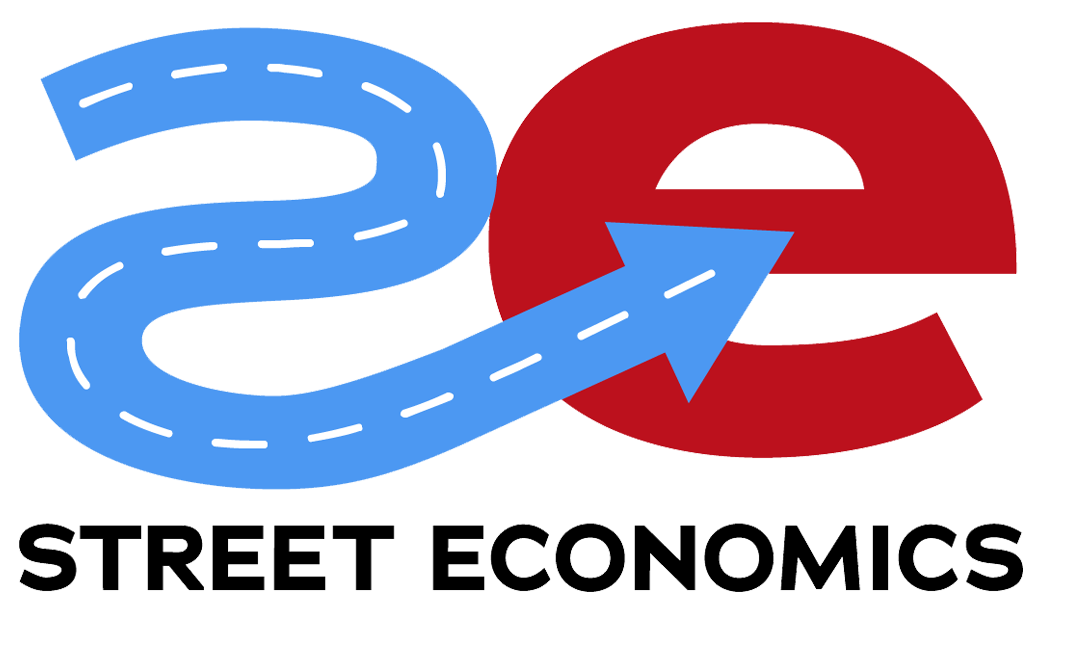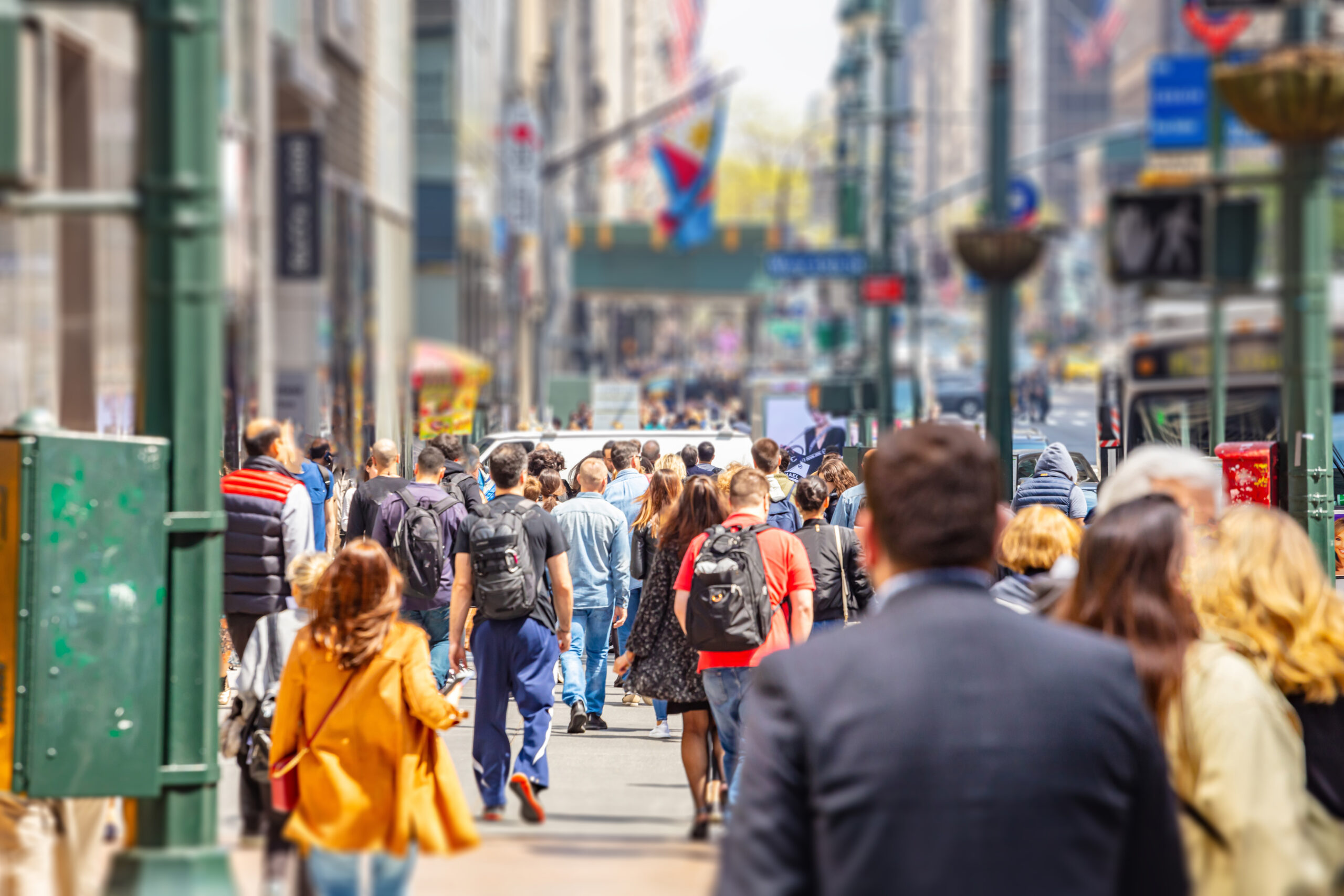Continuing our series where we explore current economic trends and theories, we now turn our attention to the 15-minute city model. Recently, Bloomberg highlighted this trendy urban planning concept, which aims to create neighborhoods where residents can access essential services, retail, and jobs within a 15-minute walk. While the goal of fostering walkable, sustainable neighborhoods is certainly appealing, the economics of this model are far more complex. As Rachel Meltzer points out in her analysis, even New York, the densest city in the U.S., struggles to achieve the mix of amenities the model calls for. At BusinessFlare, we also see this model’s shortcomings not just in dense urban centers like New York, but even more so in smaller towns and cities, where density is lower, and market forces are far less forgiving.
The 15-minute city is built on the idea that neighborhoods can be self-sufficient if services, retail, and jobs are all within walking distance. But the reality is that most American cities do not have the density or demand to support this kind of planning. Meltzer highlights a critical point that often goes unmentioned: businesses have fixed costs, and not all services can survive on a small customer base. This is something we see time and again in our work at Street Economics by BusinessFlare — whether it’s a grocery store, medical clinic, or retail shop, these businesses require a certain volume of customers to stay afloat. The idea that every neighborhood can support these services simply doesn’t align with the economic reality of mostcities.
Meltzer also notes that retail demand has plateaued, even as cities continue to over-zone for retail space. This is a point we frequently raise with cities; however, this is a very localized phenomenon, and in high growth states like Florida, there are many communities that do not have enough retail space for existing demand. While there’s often a desire to increase retail presence, zoning more space for retail doesn’t guarantee success. That’s where our Street Economics approach to economic insights helps our client communities. In some communities, they are struggling to succeed at retail recruitment to fill empty storefronts, while in other communities there is no space available that fits the needs of the many retailers and restauranteurs that want to enter the market. At Street Economics, we emphasize the need for market-driven decisions. Retail doesn’t thrive just because the space is there; remember — retail picks the city, not the other way around. This is especially true in today’s landscape, where e-commerce can also drivd major trends in how people shop.
Moreover, Meltzer discusses how placing jobs within a 15-minute radius of where people live is impractical. Employment markets are regional, not local, and attempting to match workers to jobs within such a small geographic area can result in mismatches and inefficiencies. This is a reality that often gets overlooked in urban planning discussions. Cities are hubs for labor pooling, and restricting that to neighborhood scales misses the broader economic forces at play. People pick their city for the quality of life and amenities it offers, not because that’s just where their job is located. People make all kinds of lifestyle choices, and a longer commute in exchange for the house they want, and the better school, is a choice people make every day. Not everyone wants to live like sardines and ride their bike everywhere!
One of the key arguments Meltzer raises is that the economics of the 15-minute city are fundamentally at odds with how urban markets function in the U.S. She’s right. Cities like New York and Los Angeles, despite their density, still struggle to balance the supply of retail space with actual demand. In our work at BusinessFlare, we’ve seen similar patterns in smaller cities and towns. Simply put, the market can’t sustain a 15-minute city model on a wide scale. The fixed costs of operating many types of businesses often requires a far larger market area and supply chain than the model assumes.
We believe that economic development is about creating places that people want to be where they want to live, to work, to send their kids to a safe school, to renovate a historic home, to open a small cafe, to ride their bike, or race their hotrod at the track. Creating the places that people want to be, focused on aesthetics, engagement, and openness, allows for a more sustainable economic model, especially in cities that lack the density to make the 15-minute city concept feasible. Instead of walking to services, a more achievable goal in most cities would be a 15-minute ride, whether by themselves in their car or where public transit connects residents to centralized commercial and job centers.
In conclusion, the 15-minute city is a noble idea, but as Meltzer points out, its economics are deeply flawed. At Street Economics, we support the goal of walkable, accessible neighborhoods, but we also know that these goals must be grounded in economic reality. Cities need to focus on flexible zoning, transit connectivity, and centralized commercial hubs that make sense in today’s economic landscape. more importantly, cities need to focus creating places and economic spaces that appeal to people. Trying to fit every neighborhood into a 15-minute box ignores the complexities of urban economics and risks creating more problems than it solves. Before embracing trendy urban models, cities should ask themselves: are we creating quality communities, or are we setting ourselves up for failure?



Comments are closed